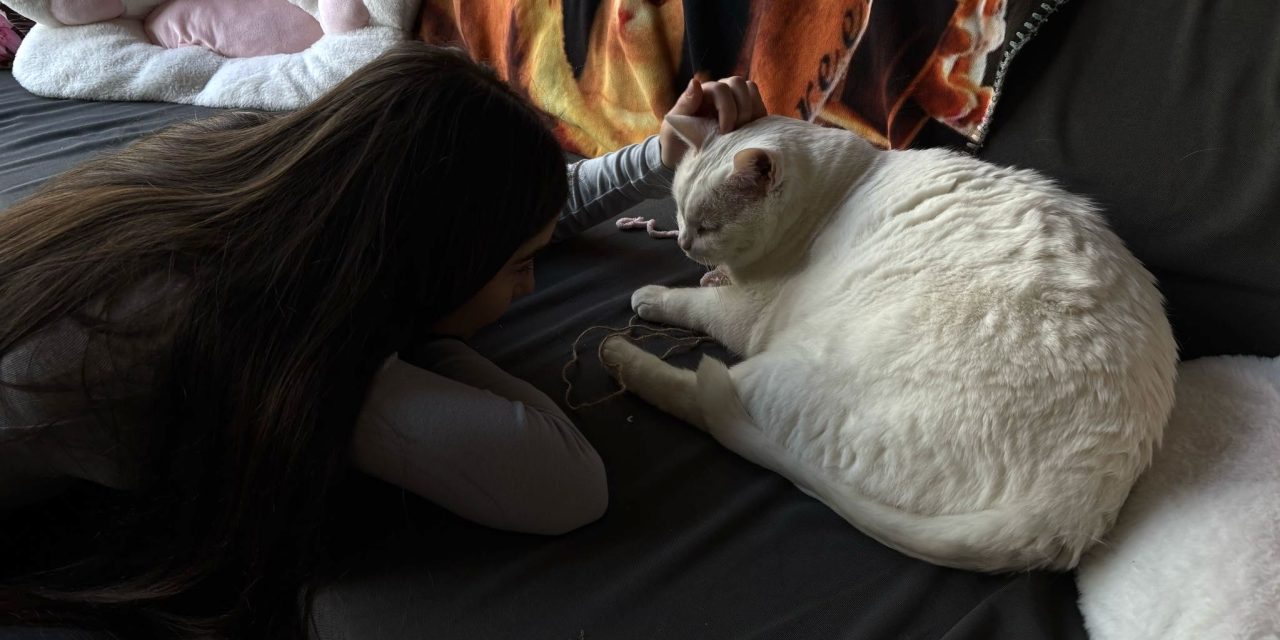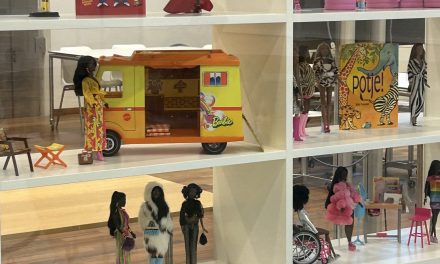In an incredibly fast-paced world, cat cafés have become a fan favorite for the coffee enjoyers that would adore not only a haven of peace but also felines’ tenderness. These hybrid places have become increasingly popular over the world: places where customers can sip their chosen beverage and snuggle loving cats. According to Richard Gottlob, owner of Catnip Café in Berlin, Germany, when he opened the café in 2023, the main goal of this place was to create a “second living room,” a pleasant atmosphere for both the customers and the animals.
Amid the steaming cups of coffee and freshly baked cookies, there is another special “ingredient”: cats. These cafés have become retreats of calm in the midst of crowded and loud cities. In many European cities, these blended spaces combine relaxation with responsibility, giving unsheltered cats a second chance at a better life. “A place where everything harmonizes really well together: the cat welfare, the atmosphere, the drinks, the food, and so on.”, stated Richard Gottlob.
The timeline of paws and coffee
Japan is the place where the concept of cat cafés took off, even though the first cat café to be opened was Cat flower Garden, in Taiwan, in 1998. Because of the belief that cats bring good fortune and protection, deeply rooted in Japanese mythology, the cat cafés became an instant hit that has spread rapidly through the whole continent.
The fascination and phenomenon did not remain within the borders of Asia for long; it has crossed continents, bringing with it new forms in Vienna, Paris, London, Madrid, Bucharest, and recently in Berlin. From Taiwan to Berlin, their journey is not just about coffee and meows but about true bridges between human comfort and social responsibility, turning every cup of coffee into an extra chance at a better life for abandoned cats.
From rescue to comfort
Far from being just a cutesy trend, cat cafés have had an impact on cat welfare, transforming these spaces into a cause that promotes commitment and adoption. Behind every window where a cat purrs happily, there is the heart-cold reality: more and more cats end up in shelters every year. According to the German Animal Welfare Association, the population of stray cats is continuing to rise, reporting a 71% increase in the street cat population. “Right at the beginning, it was clear to me and my partner, Patrick Frauenheim, that we would take the cats from the animal shelter. After the Corona pandemic, the shelters were full, and they needed our help,” shared Richard Gottlob. Although on the surface cat cafés seem just an entertaining place to hang out with friends or family, these spaces often have partnerships with local shelters or animal protection NGOs. The four sibling cats adopted by the owners of Catnip café in Berlin come from Tierheim, Europe’s largest animal shelter.
Purring in comfort
Before they opened the café, they did research and visited many other cafés, so from their experience, they knew they could not take just any cat: “They had to have specific characteristics. We talked to the people at the animal shelter that we need extroverted, really into human beings, and active cats.” The cats’ health and emotional well-being is the top priority, so in order to eliminate any external stressors, the employees from the animal shelter picked the felines with a background that would perfectly fit this lifestyle. From her expert view, Esmerij van Loon, cat behavioral therapist from Amsterdam, the Netherlands, the cat cafés she has visited were very conscious about the number of felines kept in the limited space: “They need to be able to avoid each other, and they need to have their own resources.” If there is not enough space to distribute throughout the room all the resources, such as litter boxes, food and water containers, sleeping pillows, and toys to scratch, the cats will most likely be unhappy and uncomfortable.
In order to protect the cats’ emotional balance, the café employees have a set of very strict rules of how to treat their cats. From her expertise and training at Tinley Academy, Esmerij van Loon believes that if people adhere to those rules and the cafe has clear warnings, there will not be any issue. The public should be educated about appropriate ways to handle and care for the cats to avoid any pressure points for them: “For us it is very important that the cats decide themselves if they interact and with whom they interact. We believe now they’ve got more than enough space for themselves.”, stated Richard Gottlob about Catnip Café.
Between an espresso and a cuddle, many cats find a temporary, if not permanent, home. Richard Gottlob shared that he hopes the trend of cat cafés will only be practiced by people who are interested in the well-being of the cats, with all aspects of the lives of the cats: sleeping, breakfast, playtime, and toys. Could cat cafés be considered a gentle manifesto for animal welfare and for a society that opens its hearts, not just its doors?




